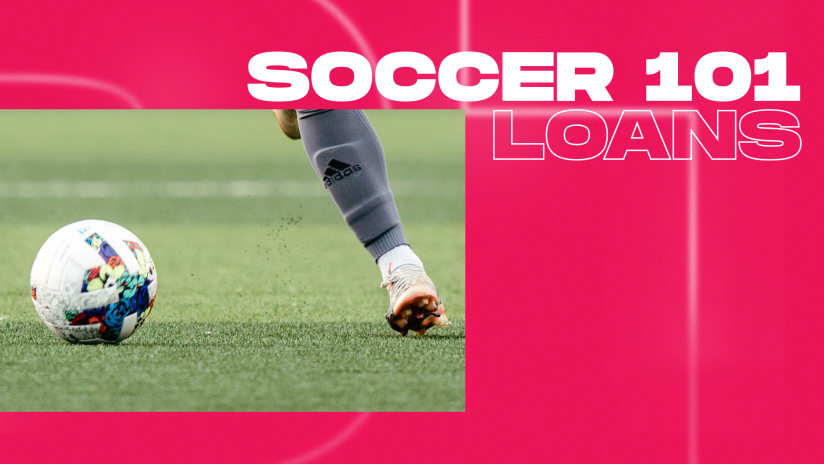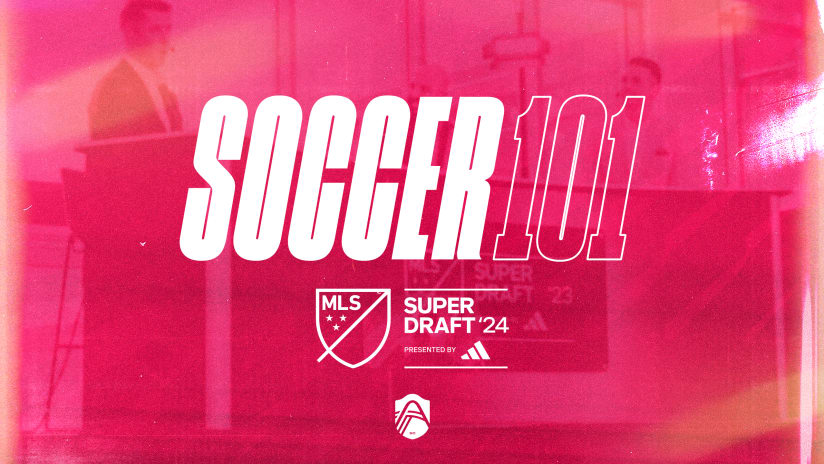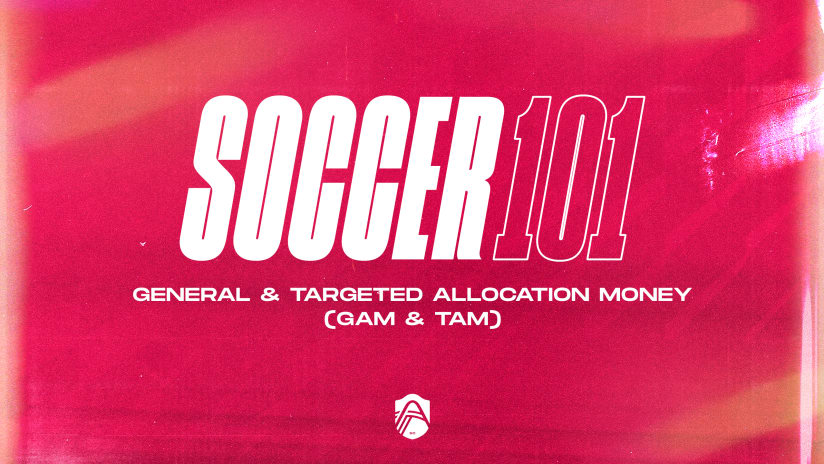Written by Zach Lowy | Co-founder & Lead Writer at BreakingTheLines.com
Loans. We all have them. Whether borrowing $20 from your parents to go to the movies with your friends or borrowing thousands of dollars from the bank to buy your first house, there’s a good chance that your life has been dominated by loaning and borrowing basic goods and currency.
There is, however, a different type of loan, one that is relatively foreign to the other major sports leagues in the United States — NHL, NFL, NBA, and MLB. In fact, you won’t find “player loans” in any sport that isn’t soccer or rugby. However, these loans play an essential part in the growth of the world’s biggest sport over the past few decades.
What is a loan?
In Major League Soccer, teams can execute trades involving loans, which allows a player to temporarily play for a club other than the one they are under contract with, without having to permanently give up a player's rights.
How does it work?
Loans differ in shape and size, but the one core element they all share involves a “parent club” loaning out one of their players to another club. Over the past summer, we have seen various MLS clubs bring in a wealth of loanees, with Atlanta United signing Mexican center back Juan José Purata from Tigres, Orlando City picking up Colombian winger Iván Angulo from Palmeiras, and Peruvian midfielder Wilder Cartagena from Ittihad Kalba, Toronto FC signing Canadian defender Richie Laryea from Nottingham Forest, and many more loan deals throughout the division.
How long do loans last?
Loans can range anywhere from a couple of months long to two seasons, while the structure of their packages varies dramatically as well. In some cases, the parent club will take on the entirety of the player’s salary, in some cases, there is a 50-50 split, a 70-30 divide, and in some cases, the loanee club will pay for the entirety of their new player’s wages – there are an endless range of permutations and combinations.
What is an option to buy?
One key aspect of loan negotiations is the option to buy. When loaning a player to another team, parent clubs can choose to insert an option to buy in the player’s contract.
How does an option to buy differ from an obligation to buy?
There are contracts where the buying club has the option to purchase further percentages of the player’s “pass” for an established amount of money, or they can choose to negotiate and acquire more of a percentage so as to not be forced to share a substantial piece of revenue when they do sell him further down the line. There are also transfers where the club that is borrowing the player is obligated to purchase that player, an obligation that is not tied to his amount of appearances at the club or a team’s league performance, but merely a guarantee that the club will pay the money later down the line. Parent clubs typically prefer to include obligations to buy – even if they involve conditional agreements linked to appearances, league finishes, and more – as it gives them a guarantee of financial return, whilst the buying club prefers options to buy as they can always retain the option to not sign the player if it doesn’t work out.
Can buying clubs loan out players immediately after signing them?
There is no time limit on when a buying club can loan players out. Sometimes, teams don’t loan out players for the purpose of developing them and either selling them for a profit or reintegrating them into their squad, but rather, for the sole purpose of (temporarily) getting rid of them.
What is a loan spell like from a player’s perspective?
One person who has had his fair share of loan spells is former U.S. Men’s National Team player and current ESPN analyst Herculez Gomez. After joining MLS side LA Galaxy in 2002, Gomez was subsequently loaned out to Seattle Sounders and indoor soccer side San Diego Sockers before eventually returning and breaking into the Galaxy’s first team in 2005. One decade later, he would depart Liga MX side Club Tijuana, or Xolos, and join Tigres on loan for the 2014/15 season, before being loaned out to fellow Mexican side Puebla.
“My first loan move to Seattle was to gain playing time and experience…I was 20 and needed to play to develop,” said Gomez. “The next would come after four straight transfers in Liga MX, and after every transfer, I’d get 10% of the transfer fee, so I was also onboard. Someone wanted me badly enough that they were willing to buy me, and each time it was a better transfer and salary. So from that standpoint getting loaned felt like your current club did not want you badly enough to continue to pay and play you.”
Gomez continued, “The biggest positive of being loaned out is it was a fresh start, a new opportunity. It didn’t matter what you did or didn’t do in the past, you had the present to prove yourself. The biggest negative was if you did well it didn’t guarantee you staying, but maybe upping the loan price elsewhere. It felt like you had little control, little leverage or say in your situation or future.”
So why loan?
There are plenty of reasons why loan deals happen. Sometimes, a young player whose pathway in the first team is clouded by established veteran players, prompting him to drop down a few divisions, travel to another country or move to a local side on loan before returning with a year of experience under his belt. Sometimes, a parent club is looking to temporarily offload the player’s hefty salary from the wage bill, sometimes, the player is suffering a mid-career crisis and looking to revive his form in a new environment, and sometimes, the buying club is simply pushing the payment down the line and avoiding the wrath of a financial watchdog. Sometimes, the borrowing club knows that there is no chance of making the transfer permanent due to the different economic realities of the team, and sometimes, the parent club knows that, no matter how poorly the player does at the club, the obligation to buy will guarantee them a hefty return. Whatever the length of the contract, the wage split, or the presence of options and obligations to buy, loan deals are becoming an increasingly common part of the world’s biggest sport.





